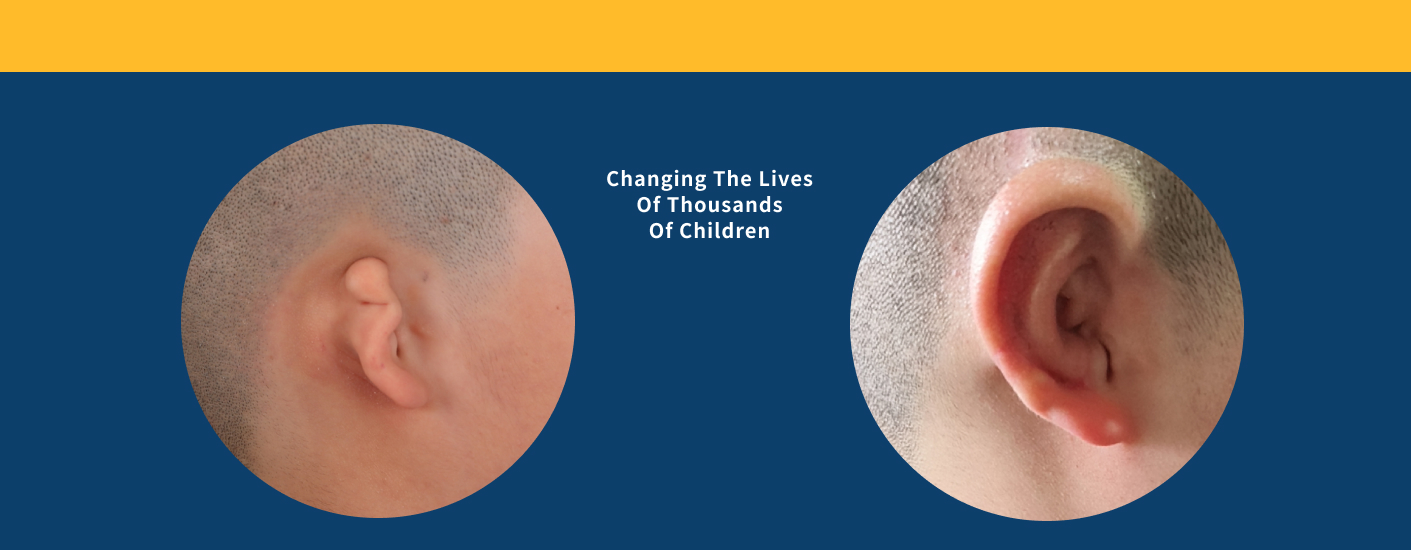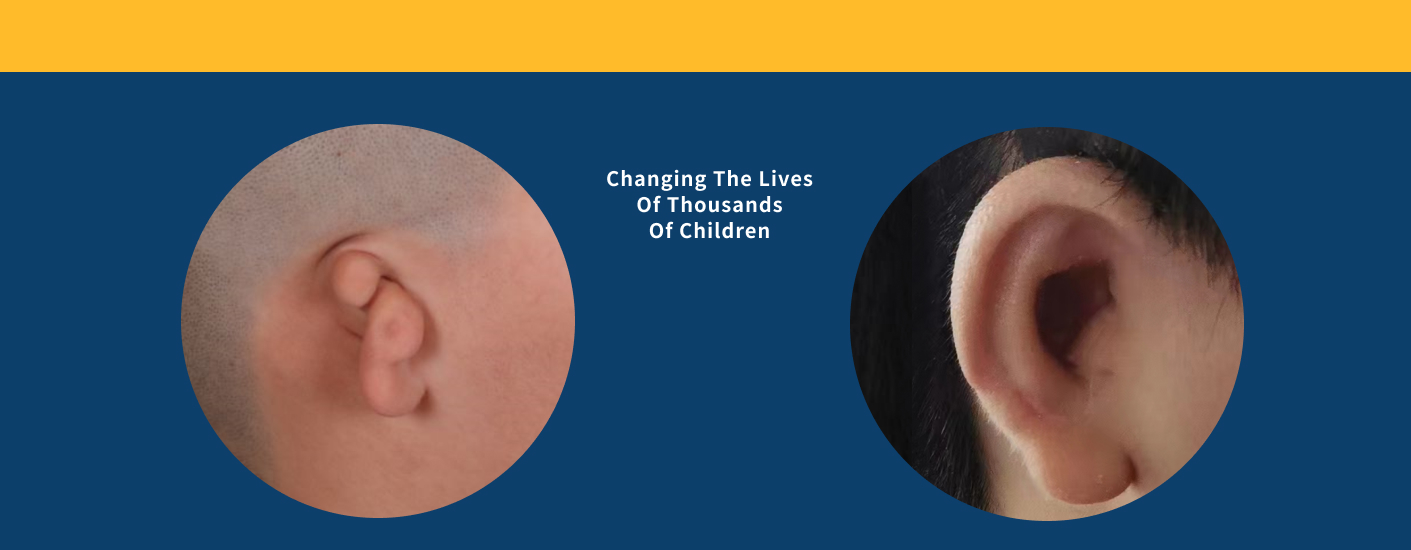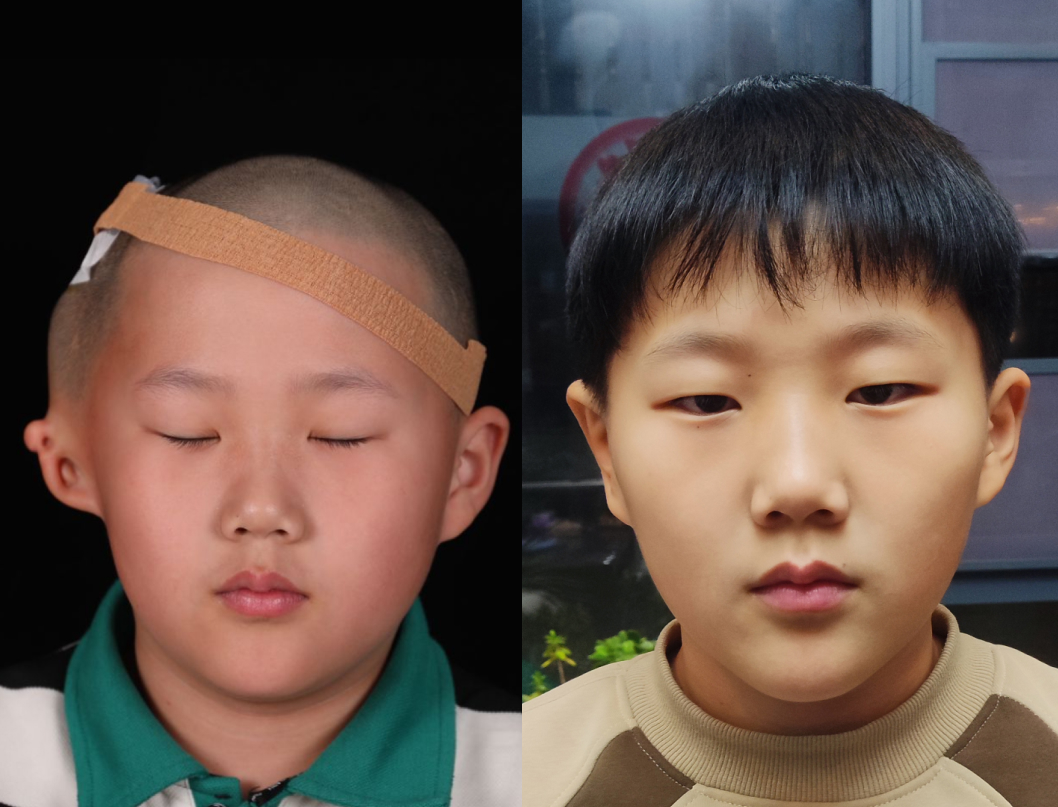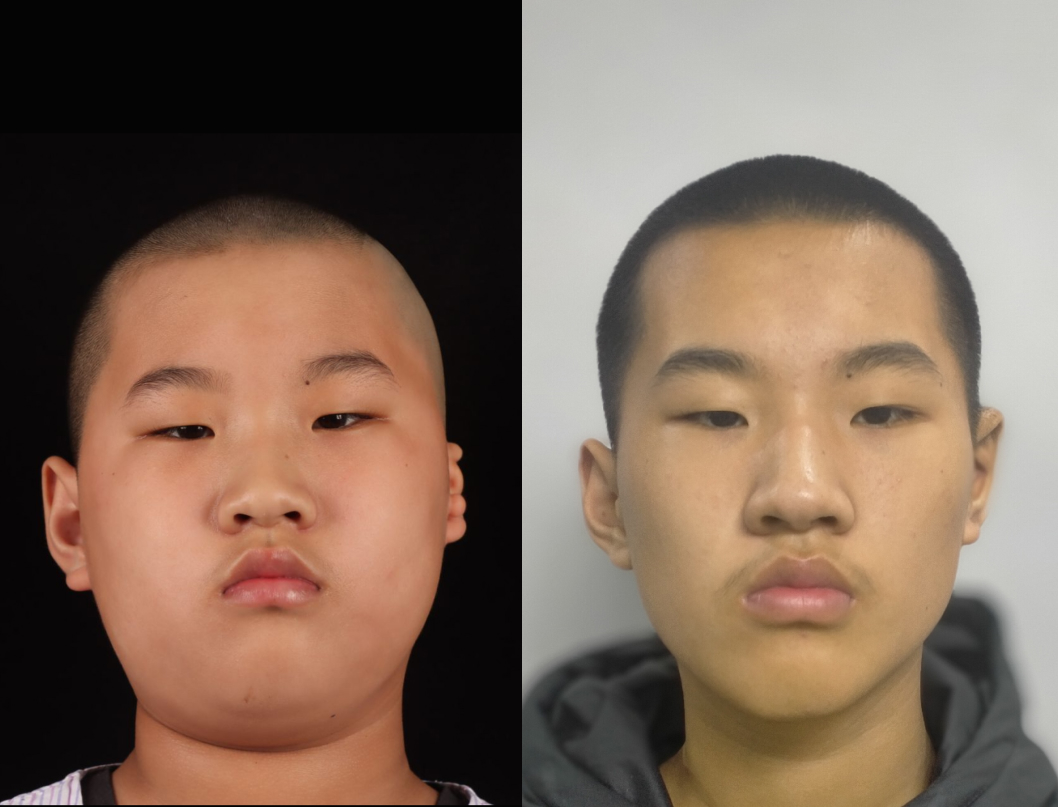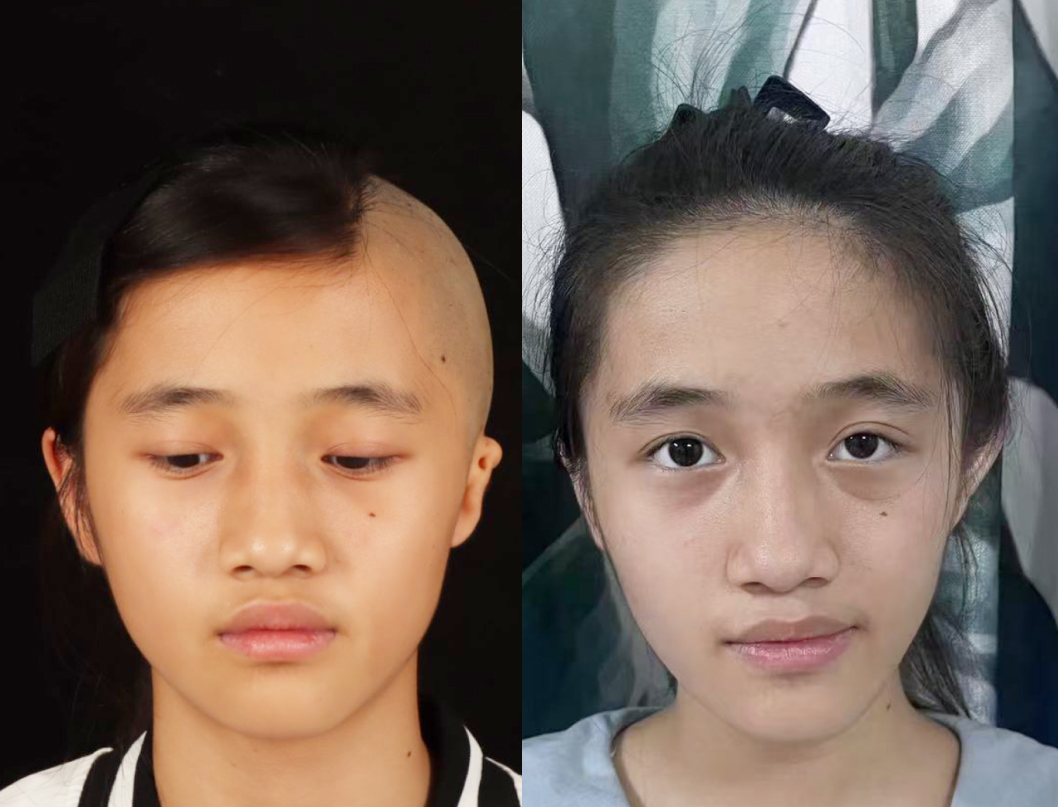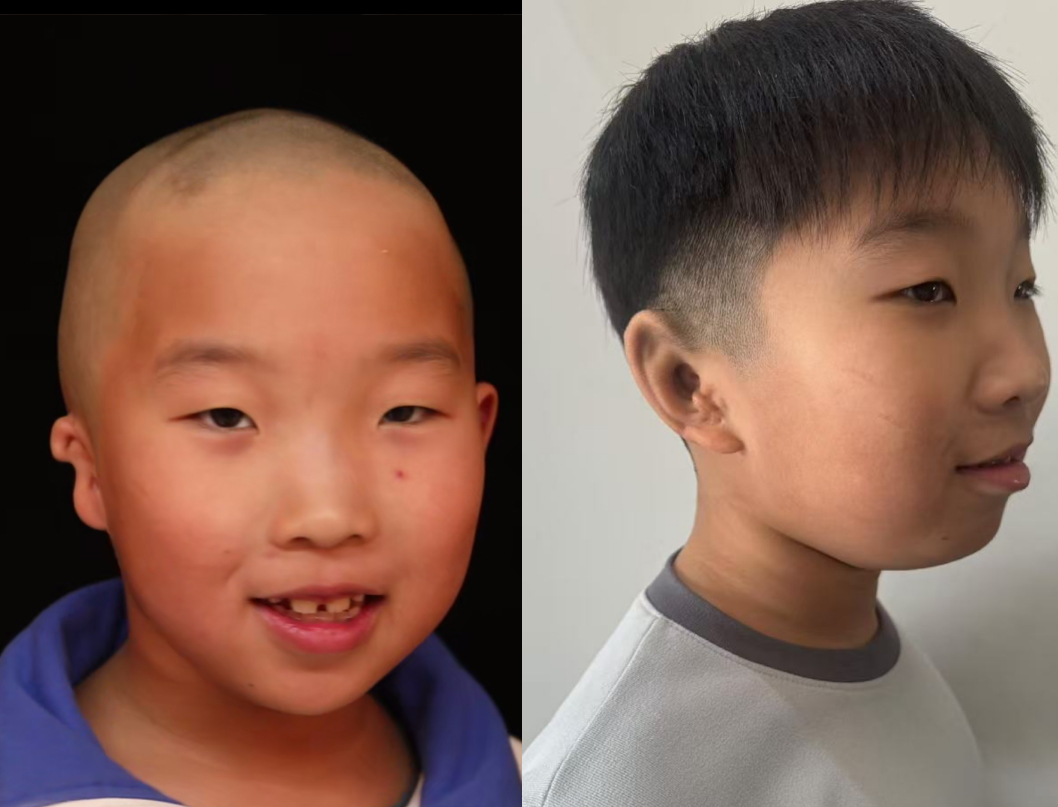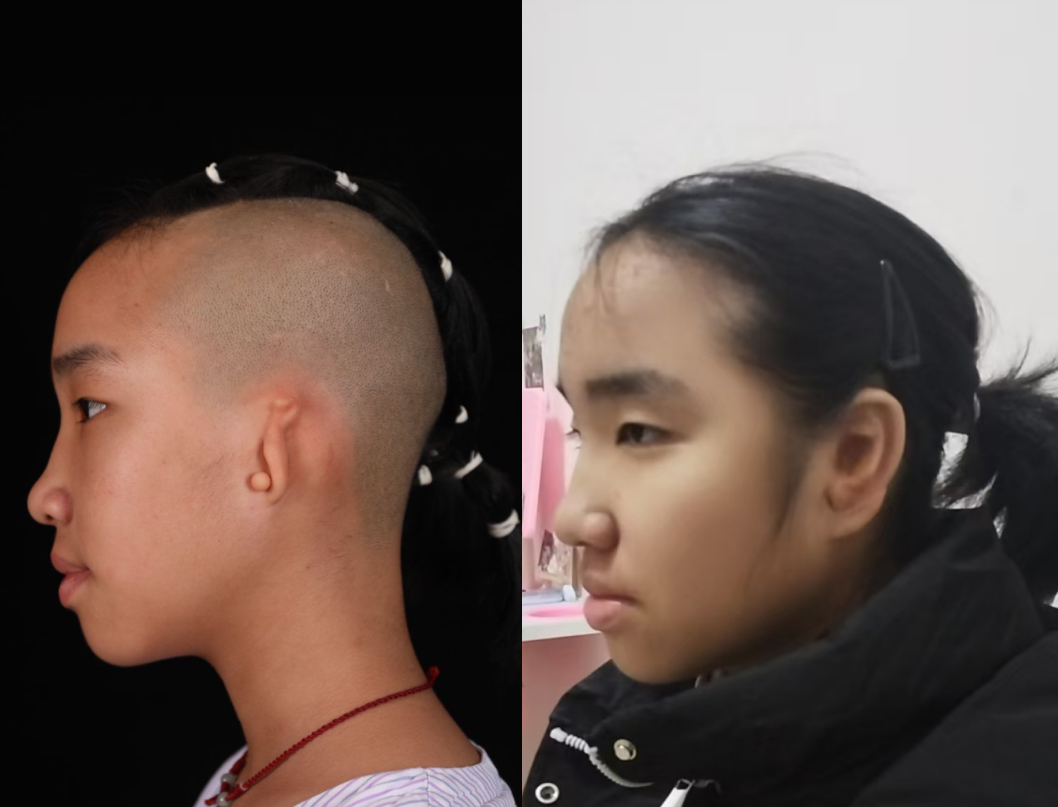Harvesting rib cartilage for ear reconstruction is a safe and well-tolerated procedure. After the surgery, the chest heals well, and there is no significant long-term impact on the patient’s growth, breathing, or physical activities.
The incision made to access the cartilage is small and carefully placed to minimize scarring, often hidden in natural skin folds. While patients may experience some initial discomfort or tightness in the chest area, this resolves within a few weeks as the body heals. For children, the procedure does not interfere with chest development, and they can return to normal activities, including sports, after recovery.


